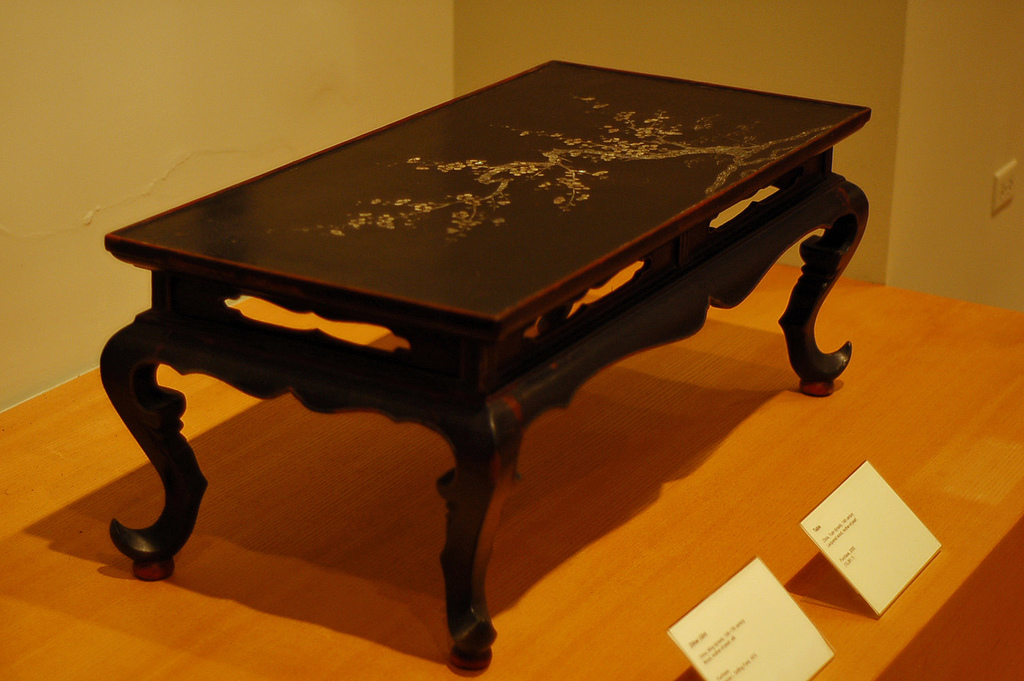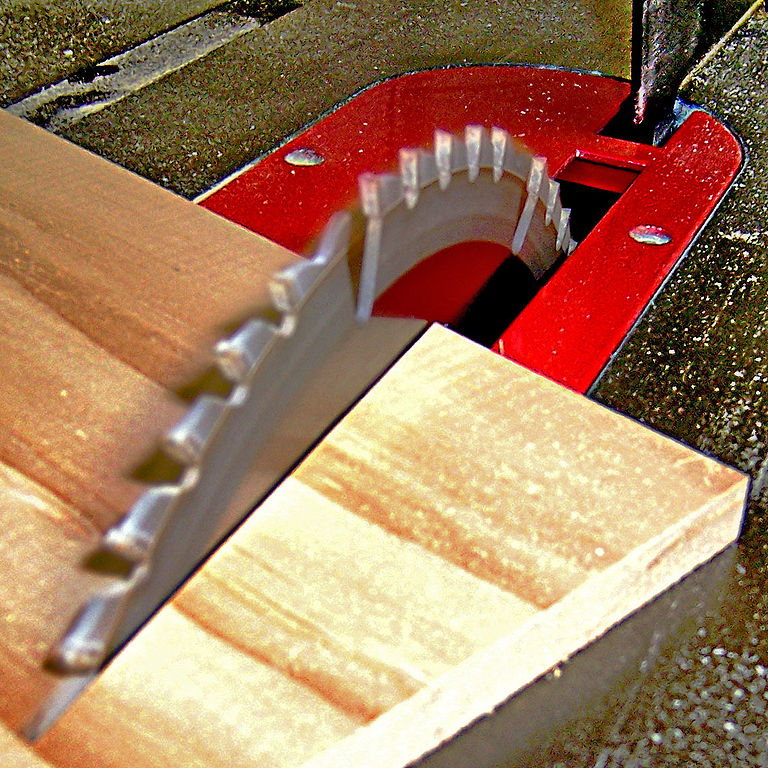
You work really hard creating livable spaces within your home that make you proud to call them yours – you take the time and make the effort to invest in pieces, artworks, accessories and furniture that attest to your unique personality, your family’s values and your individual style.
Have you ever stopped to wonder how the chaise sectional in your living room, or the dining room set in the eat-in kitchen came to be?
The furniture industry came gone through huge leaps and bounds over the last century and a half, usually out of view. It’s an interesting story, dating back to the great ancient civilizations of the world, and up until the moment you buy your next favourite piece of furniture.
The Beginning

About 30,000 years ago, in the late Paleolithic and early Neolithic periods, people began carving and chipping rudimentary furniture from bone, wood and stone. One of the earliest recorded references to a modern iteration of furniture was unearthed in Gagarino, Russia which depicts a Venus figurine seated in a makeshift throne. Other early evidence of furniture making includes stone chairs and stools in Neolithic Scotland, and elsewhere all over the world.
While extremely rare, examples of ancient furniture can be found within in pictorial references dating back to ancient China, India, Mesopotamia, and Rome.
We’re lucky to be privy to these diagrams of beds, chairs, stools – almost always constructed with wood. In ancient Egypt and Rome, people used veneering as a way to increase beauty and durability, most notably in coffins and stools.
There is little information available to truly decipher the construction process of such old references, but it’s clear that furniture was prized, as many pieces were bound with iron or bronze plates to protect their contents.
The Middle Ages saw much simpler styles of furniture fill the historical record.

Entering the New World
Throughout the 14th and 15th centuries, the furniture industry went through a major change in the style and functionality of drawers, chests and cupboards. Religious houses and institutions were particularly adorned with finer furniture.
This age also saw vastly improved construction practices, resulting in stronger bonds, increased durability and worth. The mortise and tenon, and miter jointing processes gave stronger, more aesthetically pleasing joints and altered the production process of the entire furniture industry.
This improved sophistication in building methods and brought forward new professions like cabinetmakers, who in turn brought back veneering to western Europe and North America. Only now did wood grain become a sought after decorative consideration given to a carpenter’s choice of wood materials. Walnut was highly prized for its burrs, curls and grain. Veneering allowed furniture makers to utilize the best parts of the woods aesthetic grain features, wherein using solid wood could prove unreliable.
Innovation and Growth
The 17th and 18th centuries were witness to vastly improved affluence, and so furniture continued to adapt and change. The chairmaker became a highly respected profession associated with wood-turning the legs to add a new decorative look. Since this period in time, chairmakers have remained a separate branch of furniture makers.
With this ever-expanding desire for beautiful furniture, improved demand means that the construction processes of furniture makers was beginning to become more widespread and standardized, particularly in the use of certain joints and thicknesses of woods used for certain applications. It also resulted in a separation of trades – turnery, carving and upholstering for example, began to branch off from traditional woodworking.

Woodworking machinery also changed dramatically. Much of the by-hand craftsmanship developed over the years remained throughout the transition to steam powered tools, as only large manufacturers could afford the automated machinery.
Modern Era
Into the 20th century, however, cabinetmakers and carpenters began using more power tools as a means of speeding up individual custom production. In the US, development of mass-production furniture was well underway. Machines began producing literally hundreds of pieces per day, each prescribed with their own unique job to contribute to a finished piece.
In the old days, a custom, snug fit would be a tedious labour, but nowadays, modern machinery can make quick work out of fitting a dresser drawer to its new home, or perfectly size and finish a cupboard door in minutes.
Soon after in the 19th century, the industry saw further separation in those who made furniture, and those who were responsible for selling it. Previously, furniture making was largely about commissioning a piece directly from a cabinetmaker, or a carpenter – but now, the concept of a showroom became hugely popular.
Large showrooms still maintained workshops to customize and cater to the specific desires of customers during this time, but it became common practice to buy wholesale from a supplier.
Modern furniture manufacturing also took a new turn in regards to materials. Largely based on the availability of good quality timber, several other materials are now used in furniture making. Plastics, laminated plywood’s, and metals are used to some extent.
Plastic laminate, now widely available as a ready-made alternative to hardwood flooring, and furniture is available in a plethora of colours, textures and designs that can easily replicate the grain of woods through photographic printing.
Of modern note, trends are continually shaping the furniture industry and appear to be concerned with the environmental footprint of a product during its lifetime. Ecological design is a design approach that’s evolution signals an eco-conscious mentality made up of 4 stages: material procurement, manufacturing process, use, and disposal.
Aspects of globalization, green awareness, overpopulation, and an increased population of environmentally aware people have all contributed to this new perspective of the industry. Environmental aspects of wood furniture, for example, may include a more conscious consumption of resources – namely the species that are being harvested, their sustainability relationship to their applicable habitat - emissions to the air, water and land through the furniture construction phase, and waste. It’s a design concept of Eco Design to build an extremely durable piece of furniture to ensure that replacements are not needed, or the piece could be repaired easily.
Period furniture is another emerging trend in the furniture industry. This reproduction trend is exercised in an extremely high standard, and usually tries to follow traditional forms of construction. Carving is still used here, and its manual dexterity means it’s a vanishing quickly – so it’s of value to appreciate the people who still take the time to complete timely works.
Whatever your personal preference, choosing furniture that you identify with is important to everyone. We have this evolutionary process to thank for the pieces that we see in our homes right now, and especially the ones we yearn for in the furniture showroom. It’s this forward progression that inspires furniture makers and craftspeople to investigate new ways of construction, experiment with new materials, and think critically about the environment which the materials come from – and where the finished piece is going to end up.
